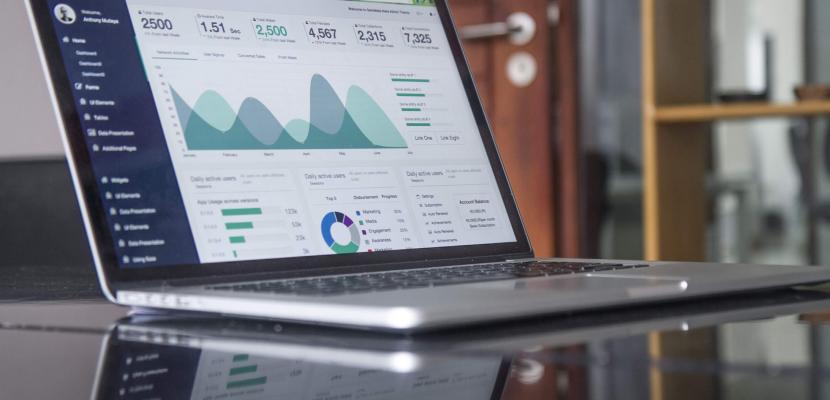Image

SISBON (Information system of the territorial areas interested by environmental recovering)
Published on 07 January 2019

Italy
Toscana
This is the good practice's implementation level. It can be national, regional or local.
About this good practice
Tuscany was among the first in Italy to have a law for remediation and drainage of polluted areas, and to draft out a map of sites that require environmental remediation. In order to collect, integrating, documenting, making accessible and disseminating information on environmental issues produced by different entities the Tuscany Regional Authority launched in 2011 SISBON, a dedicated information system of the territorial areas interested by environmental recovering.
Purposes: move on the web all the necessary procedures for the start-up of a reclamation process (communications, documents, forms, authorizations); have a single information flow and an “easy to use” tool for public administrations, companies, institutions (territorial, health and environmental) involved in the proceedings, as well as citizens; simplify the environmental monitoring actions of the territory, maintaining a historical archive; make “transparent” the status of ongoing procedures from a bureaucratic, technical and regulatory point of view.
Through SISBON it is possible having a constantly updated view of the areas subjected to remediation processes, as well as a trace of the lands and the entities involved, causes of pollution, methodologies, administrative and bureaucratic state of the procedures. Nowadays SISBON is an informative and procedural reference point for companies, institutions, professionals and public administrations regarding environmental remediation.
Purposes: move on the web all the necessary procedures for the start-up of a reclamation process (communications, documents, forms, authorizations); have a single information flow and an “easy to use” tool for public administrations, companies, institutions (territorial, health and environmental) involved in the proceedings, as well as citizens; simplify the environmental monitoring actions of the territory, maintaining a historical archive; make “transparent” the status of ongoing procedures from a bureaucratic, technical and regulatory point of view.
Through SISBON it is possible having a constantly updated view of the areas subjected to remediation processes, as well as a trace of the lands and the entities involved, causes of pollution, methodologies, administrative and bureaucratic state of the procedures. Nowadays SISBON is an informative and procedural reference point for companies, institutions, professionals and public administrations regarding environmental remediation.
Expert opinion
The good practice is an example of a innovative online registry of polluted sites needing remediation. It is a single point of entry while previously the information was available in different institutions. Simplicity of the registry and clarity of purpose are pre-conditions for its success. Involving stakeholders in the process of building the tool is also a factor for success. The tool would improve the integration of considerations about polluted sites in other sectoral policies. The tool maybe explored by regions with fragmented administrative management of polluted sites.
Resources needed
Costs are highly variable depending on the available human resources and the implementable pre-existing software or the need of creating a new one. The current cost is around 40,000 € and refers for the most part to the cost of personnel for the management of the software that was already available.
Evidence of success
Actors actively involved in the current use of SISBON:
Local Authorities (190);
Regional Departments of ARPAT (13);
Local Health Authorities (AUSL) (26);
Prefectures (12); Tuscany Region,
Users not belonging to public authorities (professionals, freelance, environmental consultancies with particular reference to geologists, chemists engineers etc.): 1500 approx
Local Authorities (190);
Regional Departments of ARPAT (13);
Local Health Authorities (AUSL) (26);
Prefectures (12); Tuscany Region,
Users not belonging to public authorities (professionals, freelance, environmental consultancies with particular reference to geologists, chemists engineers etc.): 1500 approx
Potential for learning or transfer
Basically, it’s important to:
-Involve the higher regional decision makers for two reasons: A) defining a shared definition of the tool regarding (1) roles of the users and to what (2) purposes it will be implemented B) it would entail a quicker process of transfer as well as a clearer definition of costs of the system in its different phases of implementation
- Involve Stakeholders and Users: from one side they can provide their feedback while it’s being developed and from the other side they can be trained in the proper way this should be used. It would make the transfer process further quicker.
- Define the types of data: simplify as much as you can the type and number of the data collected: the more quantity of data you collect, the more complex as well as expensive SISBON becomes. It depends also on the different data needed. On the basis of this would be also more predictable the initial and maintenance costs.
-Involve the higher regional decision makers for two reasons: A) defining a shared definition of the tool regarding (1) roles of the users and to what (2) purposes it will be implemented B) it would entail a quicker process of transfer as well as a clearer definition of costs of the system in its different phases of implementation
- Involve Stakeholders and Users: from one side they can provide their feedback while it’s being developed and from the other side they can be trained in the proper way this should be used. It would make the transfer process further quicker.
- Define the types of data: simplify as much as you can the type and number of the data collected: the more quantity of data you collect, the more complex as well as expensive SISBON becomes. It depends also on the different data needed. On the basis of this would be also more predictable the initial and maintenance costs.
Further information
Website
Good practice owner
You can contact the good practice owner below for more detailed information.
Organisation
ARPAT (Regional Agency for Environmental Protection of Tuscany)

Italy
Toscana
Contact
Vocational Education Training Agency